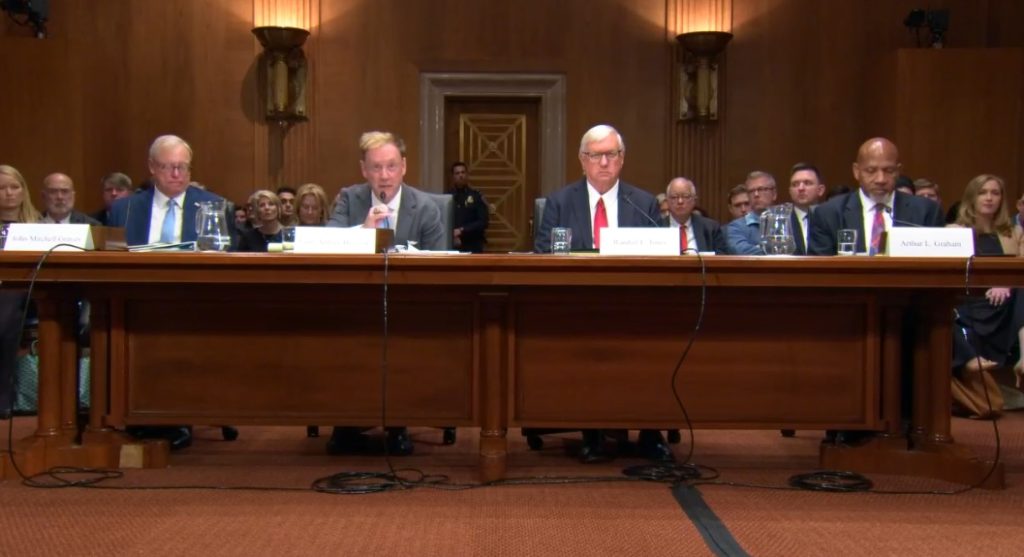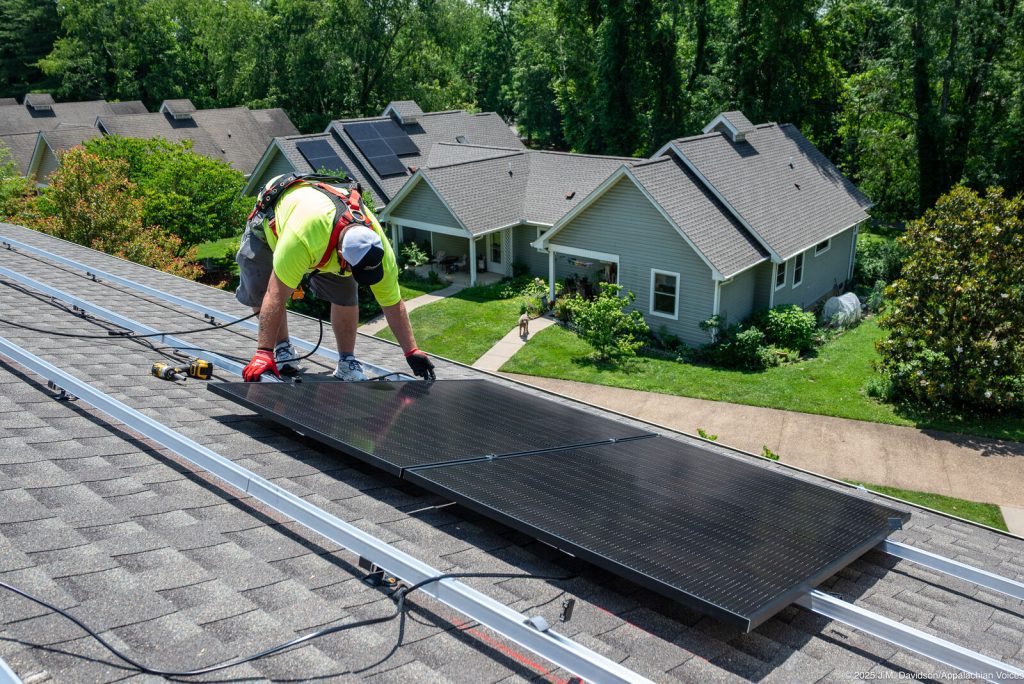Cleaning Up Coal Ash
For well over a century, power plants across the country have burned coal to generate electricity. And for just as long, leftover coal ash has been dumped in open, unlined pits near the power plant, usually located on a river or lake. Every year, U.S. power plants produce 130 million tons of coal ash, which is the second largest waste stream in the country after municipal garbage.
Coal ash concentrates the toxic heavy metals found in coal, including arsenic, mercury, lead and selenium. Stored in unlined, wet impoundments, coal ash has been leaking these toxics into our groundwater and surface waters for years. Sometimes these impoundments collapse — with disastrous results.
Yet government regulations for coal ash management are either non-existent or sparse, and there is little enforcement of the regulations that do exist. In North Carolina, this lack of oversight — and the complicity between state regulators, elected officials and Duke Energy — came to a boiling point in February 2014 when one of Duke’s coal ash impoundments spilled 39 million tons of ash into the Dan River.
Citizens living near North Carolina’s 33 coal ash impoundments — all of which have leaked — have fought for transparency from Duke and the state, and for cleanup of the pollution that threatens their property value, health and family. Their actions forced this issue into the headlines of news networks and to the forefront of environmental justice conversations in the United States.
Appalachian Voices stood with these communities as we worked for years to compel Duke Energy and the N.C. Department of Environmental Quality to excavate coal ash from all the North Carolina sites and dispose of it either in lined, dry landfills, away from waterways, or by recycling it for concrete or other uses, provided it’s done in a manner that protects public health and the environment.
On Jan. 2, 2020, North Carolina announced a historic settlement with one of the state’s most powerful corporations and polluters, Duke Energy. The settlement requires Duke to move nearly 80 million tons of toxic coal ash at six of its power plants to properly lined landfills onsite or recycle it.

Learn information about specific coal ash impoundments in the South, including health threats and safety ratings:
Additional Resources
Fact sheets, videos, links to academic research, and more
Sign Up to Act
Help us protect the health of our communities and waterways.
Latest News
In Montgomery County, Virginia, Seasoned Mountain Valley Pipeline Fighters Prepare for Another Battle
“Here we go again,” is what Crystal Mello, an organizer for the Preserve Our Water Heritage, Rights Coalition, says she said to herself when she learned that Mountain Valley Pipeline was planning a new compressor station in Elliston, Virginia, as part of a project to send even more gas through the massive 42-inch pipeline.
Navigating Long-Term Hurricane Helene Recovery: A Day-in-the-Life of a Disaster Case Manager in Cocke County, Tennessee
Chrissy Miller is a disaster case manager in Cocke County, Tennessee, who helps survivors of Hurricane Helene access resources, fulfill unmet needs, develop recovery plans and try to make sense of difficult situations. For Miller, who was also impacted by the storm, it’s hard to rein in the scope of her work.
Whitewater Kayaking Race to Return with a Course Transformed by Hurricane Helene
Paddlers will soon return to the whitewater river of Western North Carolina for the world’s largest extreme kayaking event. After the destruction of Hurricane Helene sent the renowned Green Race on a yearlong hiatus, the paddling community is gearing up for the race’s 30th year on Nov. 1, which will look much different with the Green River’s course reshaped by the storm.
Fighting for breath: Miners and advocates take their plea for stronger black lung protections from the coalfields to the Capitol
Coal miners and advocates rally for long-promised silica protections to stop the rise of black lung across Appalachia.
Act fast: Lower your electric bill by taking advantage of energy tax credits set to expire by the end of 2025
As we approach the end of 2025, time…











